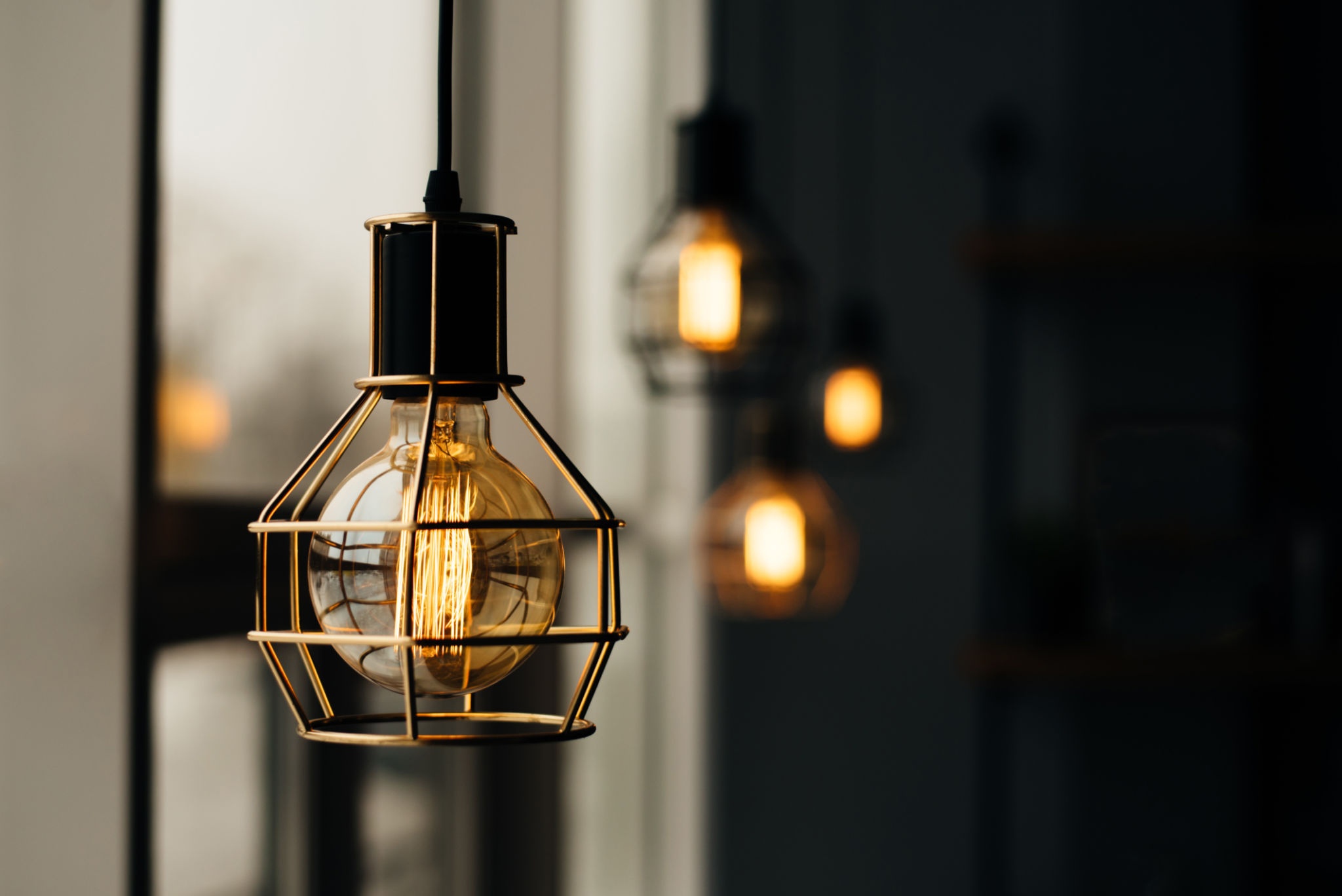The Ultimate Guide to Choosing Interior Paint Colors
Understanding the Basics of Color Theory
Choosing the right interior paint color can transform a space, enhancing its aesthetics and mood. Before diving into color palettes, understanding the basics of color theory is essential. Colors are often categorized into three primary categories: warm, cool, and neutral. Warm colors like reds, oranges, and yellows create a cozy, inviting atmosphere. Cool colors such as blues, greens, and purples evoke calmness and serenity, while neutral tones offer versatility and elegance.

The Psychology of Color
Each color has a psychological impact on mood and perception. For instance, red can energize a room but might also feel overwhelming in large doses. Blue, on the other hand, is known for its calming effect, making it ideal for bedrooms or bathrooms. Consider how each color makes you feel and choose accordingly for the space you are transforming.
Assessing the Room's Purpose and Lighting
The function of a room significantly influences the choice of paint color. For example, vibrant colors can stimulate conversation in a living room, while softer shades promote relaxation in a bedroom. Additionally, lighting plays a crucial role in how colors appear. Natural light will reflect true colors during the day, whereas artificial lighting can alter the hue at night. Test paint samples under different lighting conditions to see how they change.

Sampling and Testing Paint Colors
Before committing to a paint color, sampling is key. Most paint retailers offer small test samples that allow you to paint swatches directly onto your wall. Observe these swatches at various times of the day to see how they react to light changes. It's best to live with these samples for a few days before making a final decision.
Creating a Cohesive Color Scheme
A cohesive color scheme enhances harmony throughout your home. Start by selecting a primary color for your main living spaces and then incorporate complementary or analogous colors for adjoining rooms. This approach helps create a seamless flow between spaces. Use accent colors for smaller details like trims or accessories to add depth and interest to your interiors.

Popular Interior Paint Trends
While it's essential to choose colors that resonate personally, staying updated with current trends can provide inspiration. In recent years, colors like earthy greens, soft terracottas, and deep blues have gained popularity for their timeless appeal. These shades can be easily paired with natural materials like wood and stone for a modern yet classic look.
Practical Tips for Painting Success
Preparation is key to a successful paint job. Ensure your walls are clean, smooth, and primed before applying any paint. When painting, start with ceilings to avoid drips on freshly painted walls. Use quality brushes and rollers to achieve an even finish, and always apply two coats for the best results.

Final Thoughts
Choosing the right interior paint color requires thoughtful consideration of various factors, including color theory, room purpose, lighting, and personal preference. By taking the time to explore these elements and test samples, you can confidently select colors that will enhance your living spaces and reflect your style.